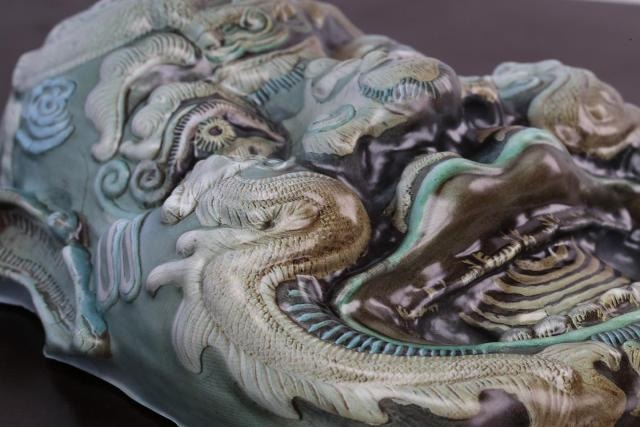May 5 2016
A new method has been developed by scientists from ETH Zurich and Disney Research Zurich to produce plastic replicas of digital 3D models, where the color and shape are completely reproduced. Called computational thermoforming, the method spans the range of digital fabrication techniques, providing an efficient and low-cost option to color 3D printing.
 Color details and structures of the replica match precisely the template. (Photo: Christian Schüller / ETH Zurich)
Color details and structures of the replica match precisely the template. (Photo: Christian Schüller / ETH Zurich)
The new technique combines a proven industrial manufacturing method called thermoforming and an innovative software, which enables even novice users to create small batches or separate pieces of objects with colored surfaces and structurally complex shapes in a fast and economical way. The research team has detailed their method in a scientific publication that will be demonstrated at the ACM SIGGRAPH 2016.
The the method's core is based on a precise reproduction of the thermoforming process, which was devised in the Interactive Geometry by ETH doctoral student Christian Schüller under the guidance of ETH Professor Olga Sorkine-Hornung. In this process, an image obtained from the colored surface of a digital 3D model is calculated by the simulation software and subsequently printed on to a plastic sheet. Using thermoforming, the plastic sheet is heated and molded into a 3D shape. Computing the deformed image is what is important here, so that the patterns and colors perfectly align with the mold’s geometric details.
The thermoforming method is widely used in industrial applications and is applied to produce different types of the molded parts that are used on a daily basis, such as inserts for chocolate boxes, yogurt containers, and other similar packaging materials.
But the industrial method is not suitable for inexpensive manufacture of small batches or even individual pieces of complex shape or colour-printed models.
Christian Schüller, Doctoral Student, ETH
Specialized equipment and detailed calibration are needed to precisely print these parts. As such, the method developed by the researchers is based on materials and equipment, which are economical, readily available, and do not need specialized expertise.
Computational Thermoforming
Mold and print
Initially, a negative mold of a model is created by using a basic 3D printer. This model is made of polylactic acid, a single-color plastic, and forms the basis for the gypsum mold, which is resistant to temperature and is needed during the thermoforming process. The right texture for the 3D model is calculated by the software and the model is printed using a traditional laser printer onto a unique transfer paper. The image is then shifted to a plastic sheet by applying heat and pressure. The printed plastic sheet is then fixed to a thermoforming machine over the gypsum mold and subsequently heated until it becomes fully malleable. Then, the air present between the gypsum cast and the sheet is sucked by a vacuum and the plastic is set tight on to the gypsum mold just like a skin, producing the plastic replica.
The deformation of the plastic also changes the printed image. But our software accurately calculates and compensates for this deformation.
Christian Schüller, Doctoral Student, ETH
High quality replicas
The method was tested on several complex objects and model-making components, such as a Chinese mask, food replicas, and a car body shell. Among these, the Chinese mask contained many detailed features, which were perfectly simulated in the replica. For example, gold paint was used to decorate the teeth in the original.
This detail is reproduced exactly in the copy. The surface has a high-quality look, and the colors and structure are almost identical to those of the original.
Christian Schüller, Doctoral Student, ETH
The type of plastic used makes the technique less suitable to simulate the properties of objects made from stone or wood materials due to the high-gloss surface. However, this may be preferable based on the type of application used.
Inexpensive technique for modelers
According to the research team, the new technique can be applied in industrial applications and digital fabrication to mold models before moving on to large-scale production. The method could also prove useful to architectural firms and modelers to quickly and cheaply fabricate a 3D model based on their concepts and visualizations. The method may also be useful to schools or the hobby sector, as the equipment required is readily accessible and the gypsum cast can be utilized many times to create a number of copies. Also, the method eliminates the comparison aspect with 3D color printing processes:
The replica has a high quality appearance, and for many applications it’s cheaper and faster than today’s 3D colour printing process.
Christian Schüller, Doctoral Student, ETH